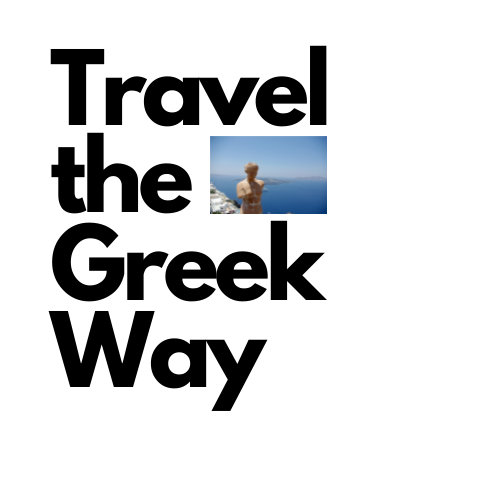Tiryns is a Mycenaean archaeological site, a fortress, and a palatial complex. It was built on a hill amidst the sun-drenched plains of the Peloponnese in Greece, 20 km south of Mycenae and 4 km from Nafplio. This UNESCO World Heritage Site is known for its formidable, Cyclopean walls and tunnels that surround the site and the Palace. It is also the alleged location from which the mythical hero Heracles performed his Twelve Labours.
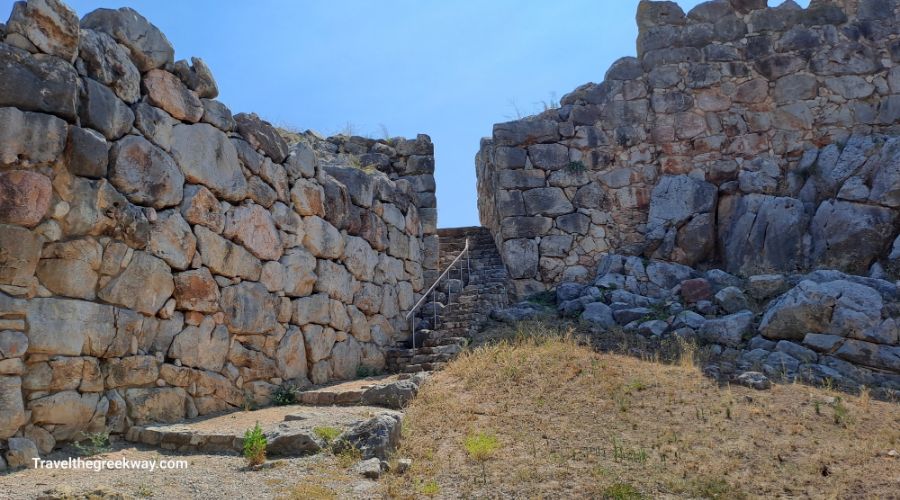
Whether you’re a seasoned history buff or simply curious about the ancient world, Tiryns has something to captivate you. So, delve into this blog post as we embark on a journey to explore the wonders of this Mycenaean marvel, unraveling its secrets and significance.
History Tip: The Mycenaean civilization, flourishing from approximately 1650 to 1060 BCE in Greece, was characterized by its sophisticated palace centers, monumental architecture, extensive trade networks, and the development of Linear B writing.
My Latest Video on Tiryns Greece
*Some of the links below are affiliate links. If you click and buy something through them, I may earn a small commission.
Fast Fact about Tiryns
- The walls of Tiryns were so thick that they were said to be “built by giants (Cyclops).”
- The site features a unique drainage system, showcasing the advanced engineering skills of the Mycenaeans.
- The citadel was immortalized in Homer’s epic poems, the Iliad and the Odyssey.
- The heroes associated with Tiryns are all those who possess supernatural powers: Bellerophon, Perseus, and Hercules.
Tiryns – A Fortified Citadel
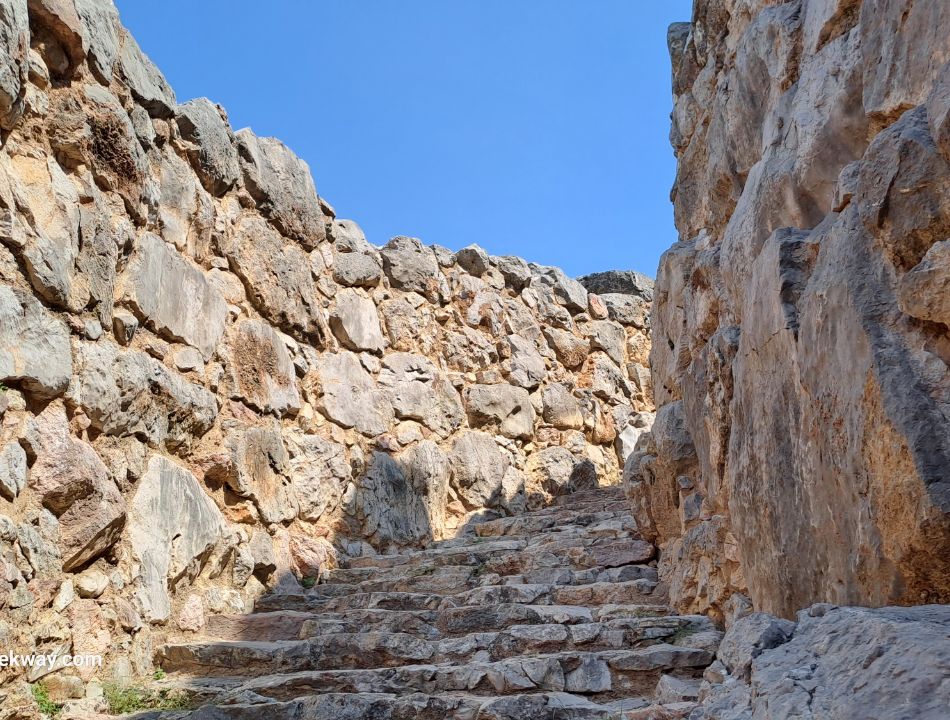
The name “Tiryns” itself evokes a sense of strength and resilience. Derived from the ancient Greek word “teĩros,” meaning “wall,” it aptly describes the site’s most striking feature: its imposing fortification system that encircles the Acropolis. Constructed with massive limestone blocks, some weighing upwards of 12 tons, rising to heights of over 7 meters in some places, and stretching for more than a kilometer in length, the walls of Tiryns are a marvel of ancient engineering.
What is the Outline of the Site
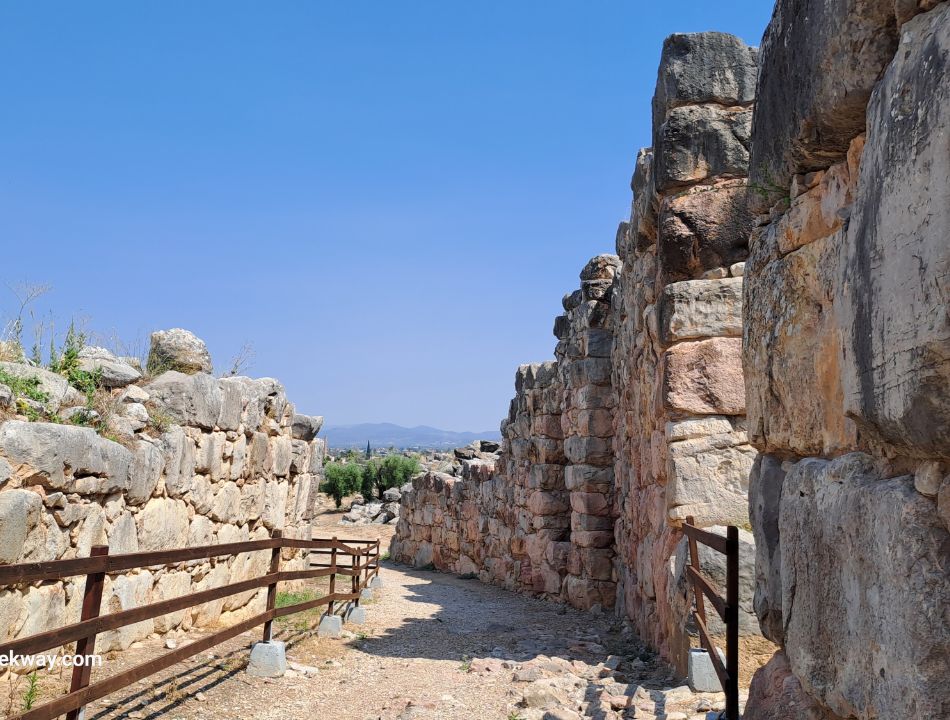
The citadel itself comprises three distinct levels. While the exact purpose of the Lower and Middle Citadels remains uncertain, the discovery of a pottery kiln hints at their potential use as workshop areas. Ascending to the Upper Citadel unveils the remnants of the awe-inspiring Great Propylon, a monumental entrance leading to the heart of the complex and the regal seat: the Great Megaron and the grand Central Court adorned with columns.
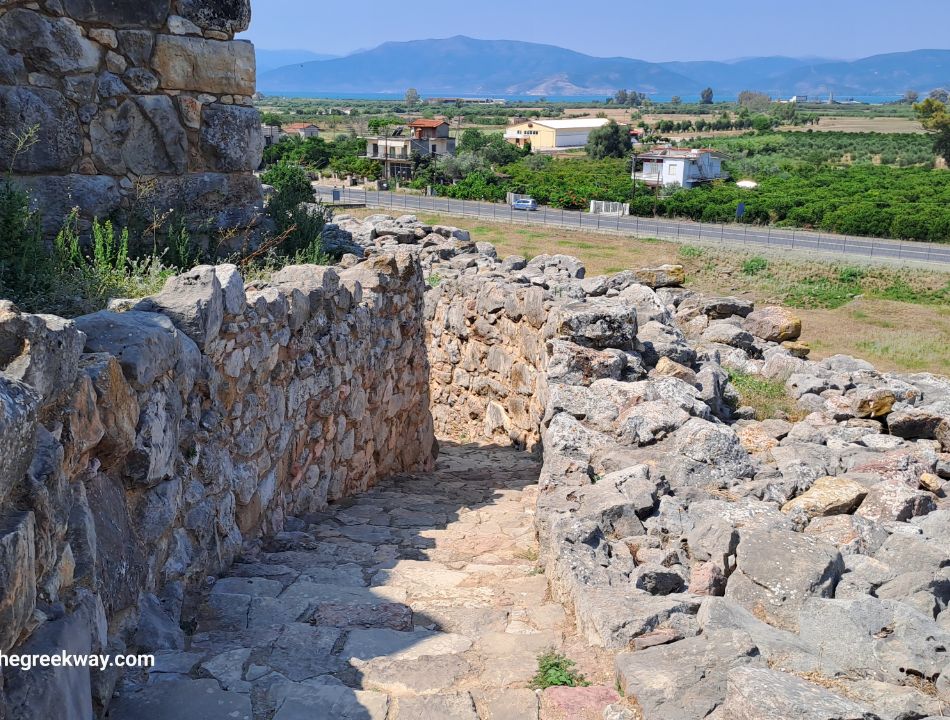
You can also explore smaller outer courts, a lengthy rectangular edifice, a smaller Propylon, palatial wings flanking the east and west sides, and the vestiges of at least two staircases, hinting at the possibility of a second level to some structures.
Exploring the Acropolis: A Glimpse into Mycenaean Life
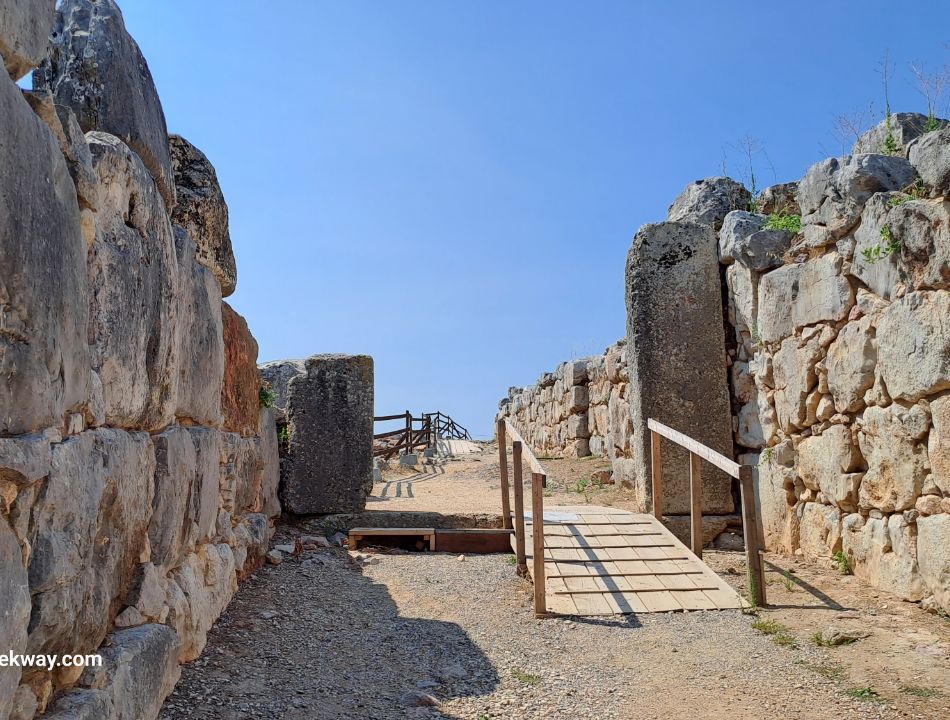
Walking between the walls and on a slightly uphill path, you will get to the remains of a once mighty palace complex. Traces of labyrinthine corridors and chambers hint at how it was built. The palace, dating back to the 14th century BCE, had a large room, a megaron, a large central hall with a throne room, and storerooms.
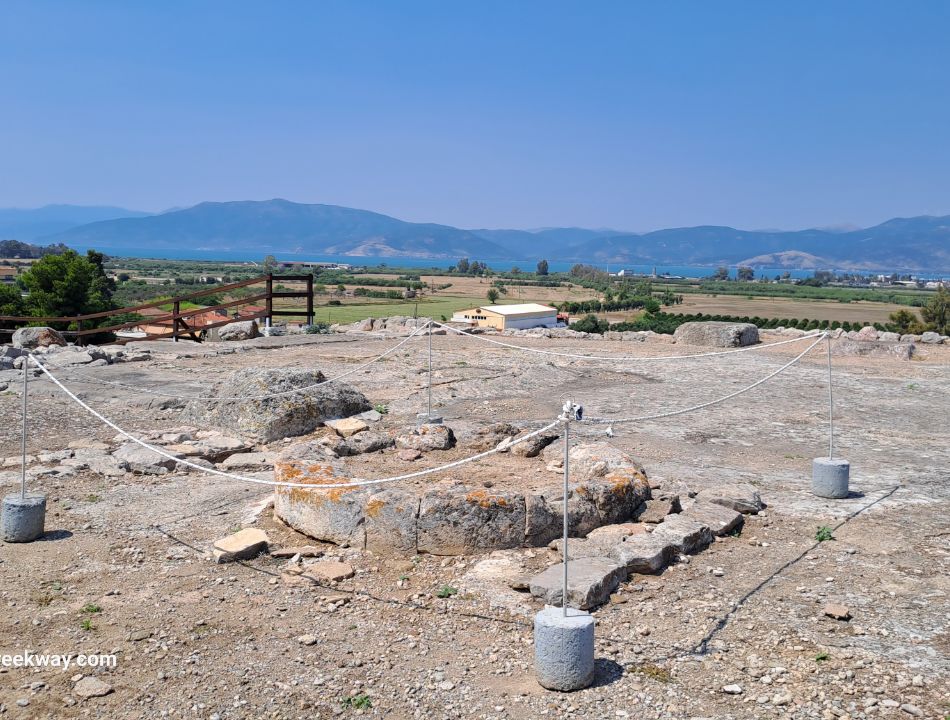
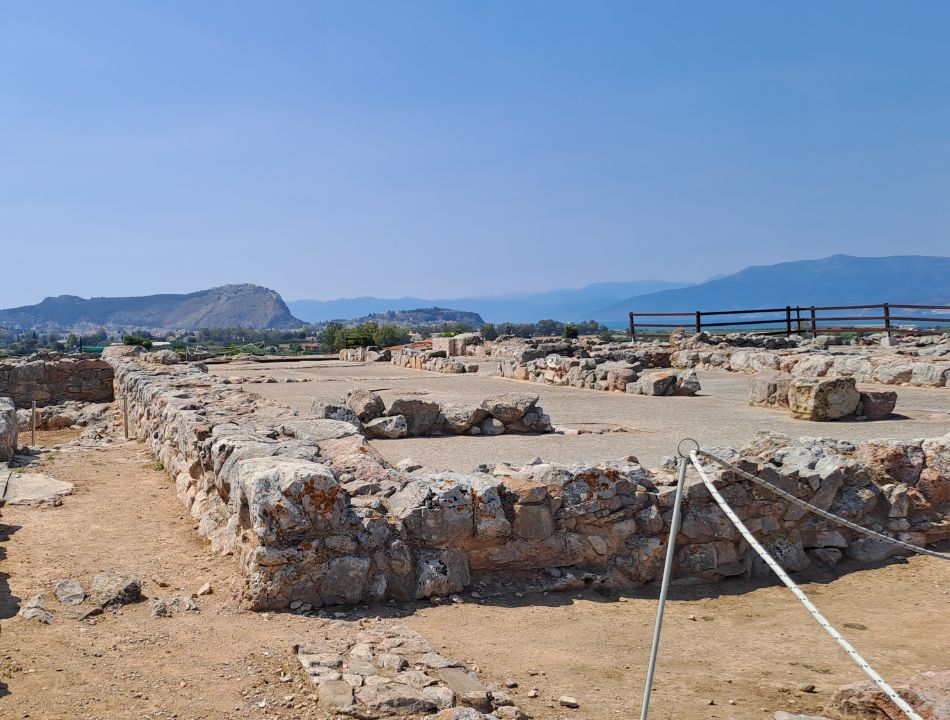
The palace walls were adorned with vibrant frescoes depicting hunting scenes, religious ceremonies, and mythical creatures, offering a window into Mycenaean beliefs and artistic sensibilities. Within the ‘cyclopean’ walls, apart from the magnificent reception buildings, there were architectural complexes used for administrative and ritual functions, for storing goods and workshops, while a limited number of buildings were used as residences for members of the ruling class.
The archaeologists suggest that there was also a Lion Gate just like the one we see at Mycenea’s main entrance and 10 to 15.000 people lived permanently around the Citadel.
Archaeological Discoveries
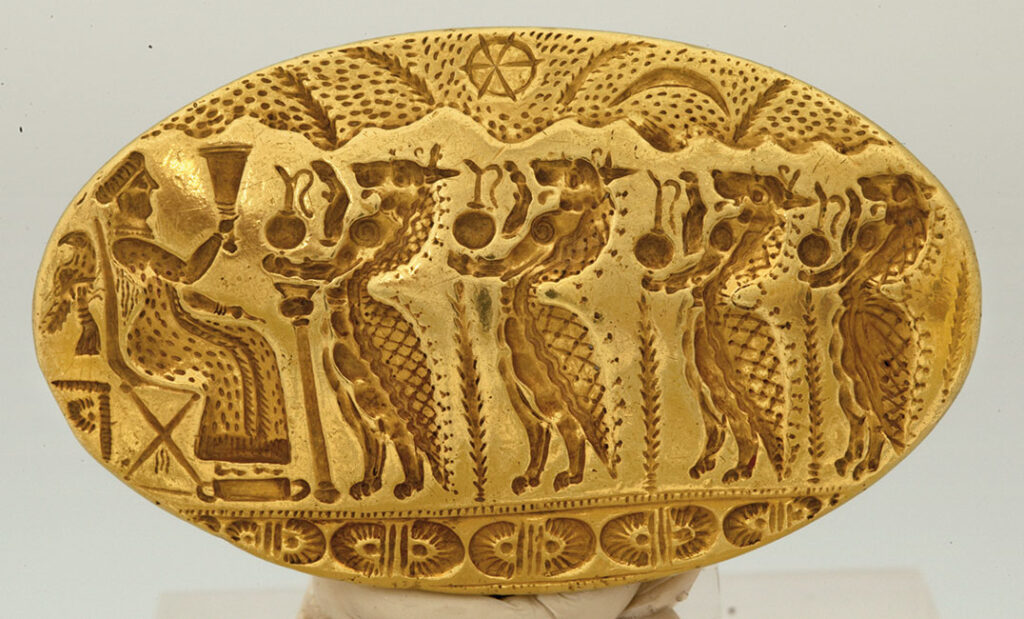
The research and excavations conducted by the German Archaeological Institute and the Greek Archaeological Service, from 1876 until today, have brought to light one of the most significant Mycenaean citadels and traced the stages of civilization during the prehistoric and historic periods of Argolis. The finds from the excavation of Tiryns are exhibited in the National Archaeological Museum in Athens and the Archaeological Museum of Nafplio.
Frequently Asked Questions about Tiryns
What is the significance of Tiryns in ancient Greek history?
Tiryns holds immense significance as a fortified citadel and cultural center in the Mycenaean world. UNESCO designated Tiryns as a World Heritage Site in 1999 because of its outstanding architecture and testimony to the development of Ancient Greek civilization.
What is the best time to visit the site?
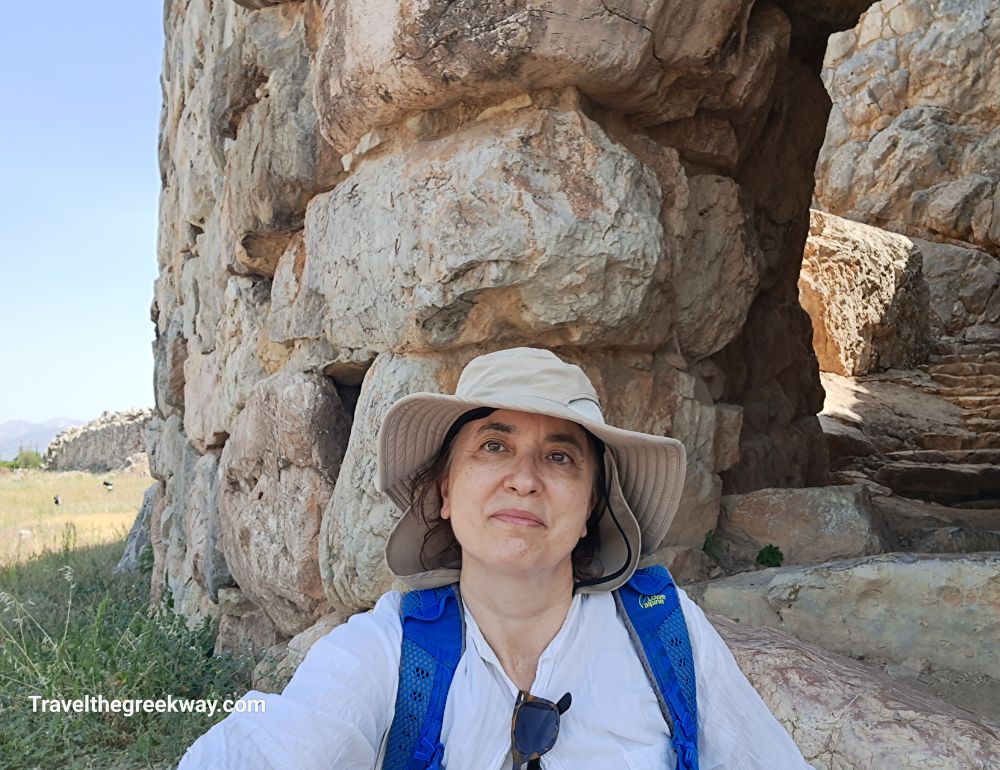
Spring and fall offer pleasant weather conditions for exploring the site. Summer months can be hot as there is no shade at all, so be sure to bring sun protection and water.
Are there any restaurants or cafes near Tiryns?
Several restaurants and cafes are located in the nearby village of Nafplio, offering a variety of dining options after your visit to Tiryns.
What other Mycenaean sites can I visit near Tiryns?
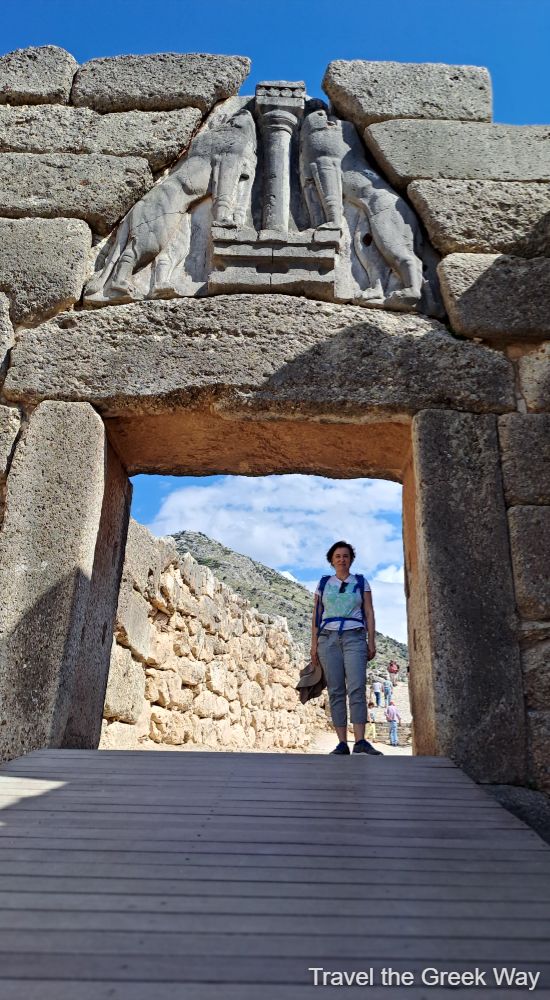
- A vaulted tomb on the western slope of the hill of Prophet Elias, approximately 1 kilometer away from the acropolis of Tiryns. A local hero was probably buried there.
- Mycenae, the capital of the Mycenaean civilization
- The Acropolis of Midea, 9 km from Mycenae and on your way to Nafplio.
- Argos town with Mycenean tombs.
- Asini archaeological site 8 km from Nafplio.
What role did it play in Mycenaean civilization?
It served as a fortified stronghold and a center of political, economic, and cultural activity during the Mycenaean period. Its impressive walls and palatial complex attest to its importance as a regional power in ancient Greece.
Who were the inhabitants of Tiryns?
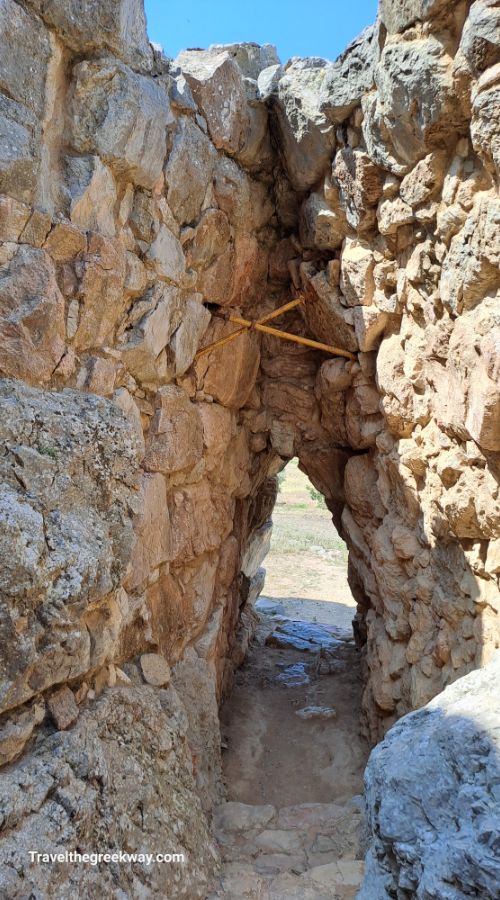
The inhabitants were primarily Mycenaeans, an ancient Greek civilization renowned for their warrior culture, monumental architecture, and rich artistic traditions. They left behind a legacy of craftsmanship and innovation that continues to captivate scholars and visitors alike.
How did Tiryns decline and fall?
The decline of the town coincided with the collapse of the Mycenaean civilization after 1180 BCE, as it was destroyed by an earthquake. However, it retained its importance as a settlement until the 7th century BCE. This period marked its transformation into a notable destination for those seeking to honor Hera, Athena, and Hercules. Sadly, Tiryns’ story took a downturn in the first half of the 5th century BCE when it was destroyed by the Argeians.
Can visitors explore the ruins today?
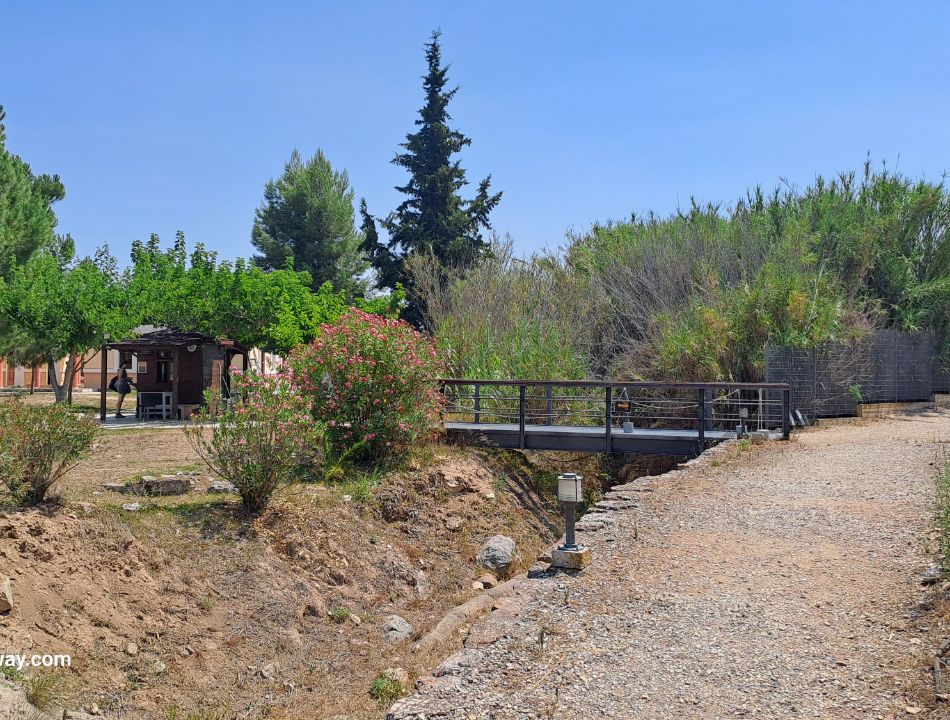
Yes, the archaeological site is open to visitors year-round, allowing them to explore the ancient ruins and immerse themselves in the rich history of the region. Guided tours and informational signage provide valuable insights into the significance of Tiryns and its place in ancient Greek history. The entrance is €4 and it is open daily between 8.30 – 15.30.
There is also a combo ticket of €20 that is valid for Mycenae, Tiryns, Asini, Palamidi Fortress, Museum of Nafplio, and Byzantine Museum of Argos.
Where Best to Stay in Nafplio?
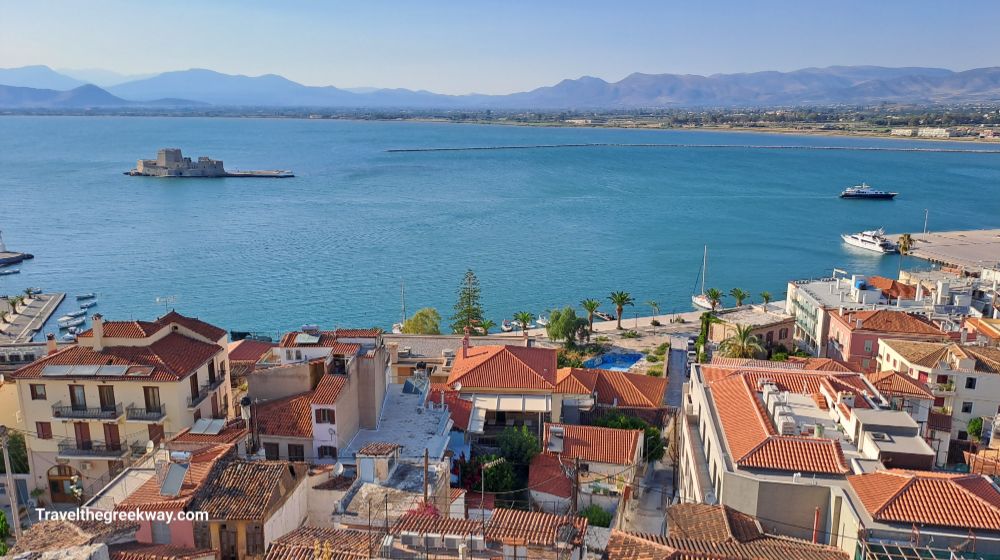
There is a wide diverse array of hotels in Nafplio. From charming boutique accommodations nestled in the heart of the old town to elegant waterfront resorts boasting breathtaking views of the Argolic Gulf promising a memorable stay in beautiful Nafplio.
Andrew’s Luxury Residence (family-friendly, with breakfast) is 1.2 mi away from the town’s center with a swimming pool.
Amymone Suites (mid-range, family-friendly, with breakfast) is 2 minutes from Nafplio Central Square with sea views.
Anemos Rooms & Apartments (budget, family-friendly, with breakfast) are within a 5-minute walk of the Old Town with Palamidi fortress views.
How to Get to Tiryns and Nafplio from Athens
To reach Nafplio, you have several options. If you are arriving at Athens International Airport (ATH) you can take a taxi, or a rental car for approximately a 2-hour drive to Nafplio. Alternatively, you can take a direct bus from central Athens.
Best Guided Tours in Mycenae and Nafplio
Experience the awe-inspiring wonders of Nafplio and Mycenae with expert-guided tours, offering immersive insights into ancient history, captivating architecture, and rich cultural heritage. These are some of my favorite tours for the area:
Conclusion: A Journey Through Time
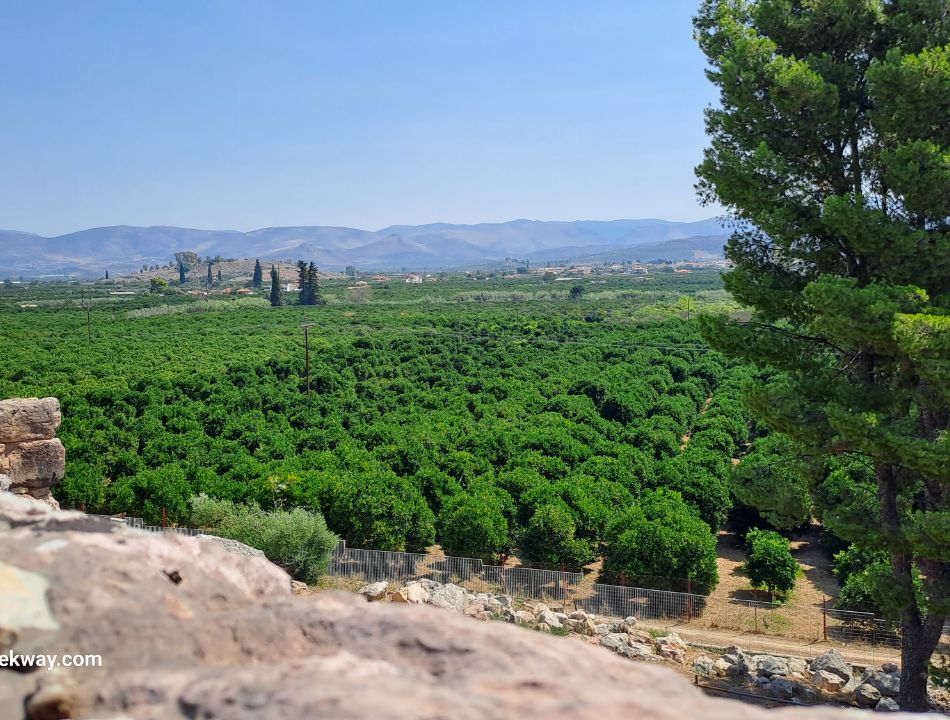
As the sun dipped below the horizon, casting long shadows across the ancient stones of Tiryns, I couldn’t help but feel a profound sense of awe. This wasn’t just a pile of rocks; it was a testament to the ingenuity and resilience of a civilization long gone. While Tiryns may not boast the iconic charm of the Acropolis in Athens, it offers a unique glimpse into the past, a chance to walk where myths and legends were born. If you’re looking for an off-the-beaten-path adventure steeped in history, Tiryns should definitely be on your Greek itinerary.
Plan My Trip to Greece
Do you need a custom travel itinerary or a transfer within Greece? Are you traveling solo, with your family or friends and need a tailor-made multi-day tour or a transfer?
If yes, please visit my dedicated Plan My Trip Page for a free itinerary!
My Most Popular Posts
Essential Travel Information for Greece
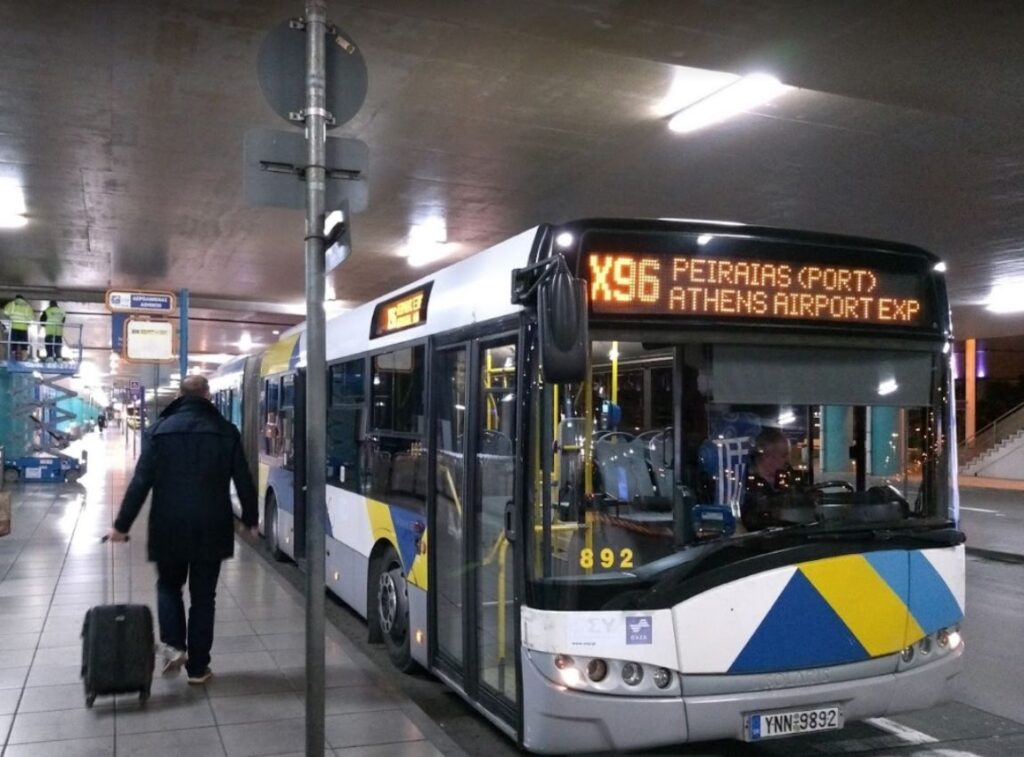
- Bus: If you are arriving at Athens International Airport you can travel straight to the port by taking the X96 express bus (€5.5, children <6 yo, free entrance), which departs every 40 minutes and the average trip lasts 1 hour – runs 24/7.
- Metro: (€9) is easily found across airport arrivals (blue line – M3) going directly to Piraeus port. The average trip to Piraeus lasts 1 hour.
- Taxis are available in front of the airport (around €40 to Athens, €55-60 to Piraeus (depending on the traffic in Kifisos), and take up to 3 or 4 people with small luggage)
- Rent a car with Discover Cars for reliable, new cars at affordable prices
- You don’t like driving but love hassle-free solutions? Book a Private transfer with an English-speaking driver from Athens International Airport to Piraeus Ferries, or anywhere else in Greece
- Are you looking for domestic flights in Greece? Check out the official Aegean Airlines Website.
